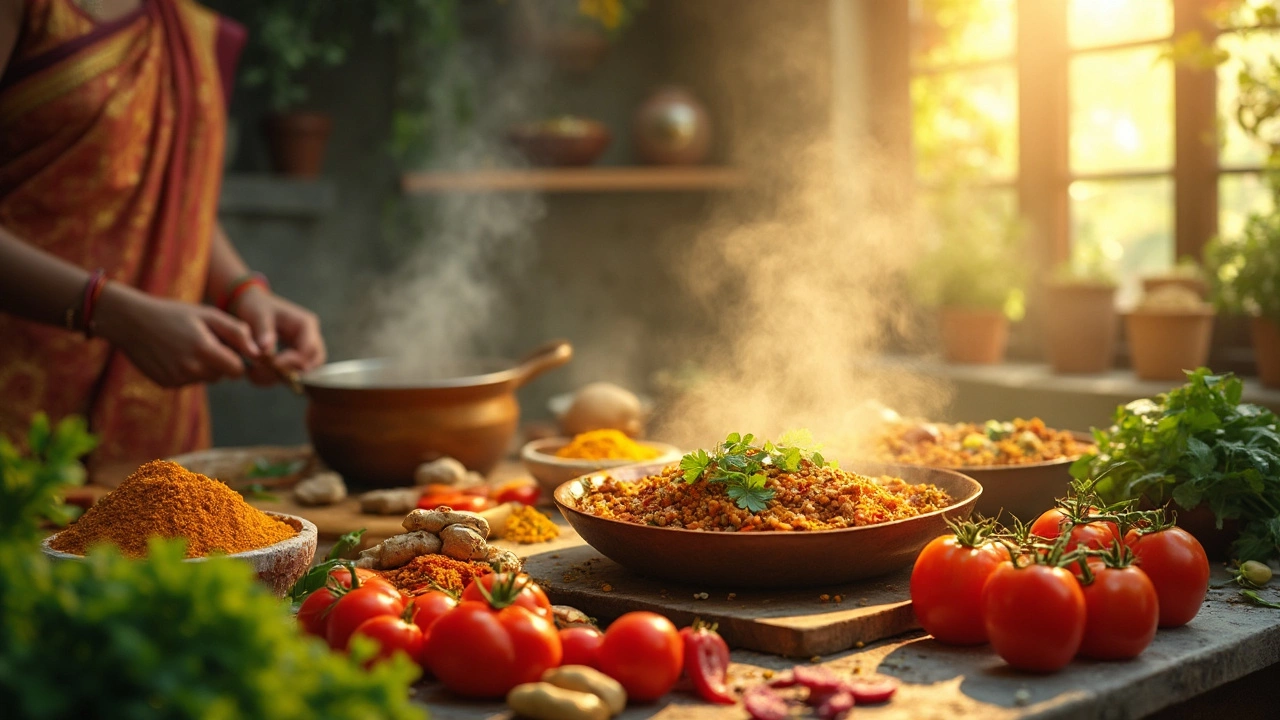Ayurveda Leftovers: How to Store, Reheat & Reuse Food the Right Way
Got extra rice, dal, or veggies after dinner? Ayurveda says you don’t have to toss them. With a few easy habits you can keep your leftovers tasty, easy on the stomach, and aligned with your dosha.
Why Ayurveda Cares About Leftovers
In Ayurvedic nutrition, the moment food sits too long it can turn heavy, sticky, and hard to digest. That’s why the system recommends eating leftovers within 24 hours and using the right temperatures. When you follow these simple rules, you avoid the ‘food‑vata’ that can cause bloating or sluggishness.
Smart Storage Tips for Every Dosha
1. Cool Quickly, Then Refrigerate – As soon as your meal is done, let it reach room temperature in about 30 minutes, then pop it into a clean container. A tight‑fit lid stops the food from absorbing other smells.
2. Portion for the Day – Split big batches into single‑serve jars. This way you only heat what you need, keeping the rest fresher longer.
3. Choose the Right Container – Glass or stainless‑steel containers are best. Avoid plastic that can leach chemicals when heated.
4. Keep Dosha Balance – If you’re mainly Pitta, store spicy dishes in a cooler part of the fridge and cover them with a leaf of mint. Kapha types benefit from adding a pinch of ginger before storing to keep things light.
Reheating the Ayurvedic Way
Reheat on the stove whenever possible. A pan gives you control over the temperature and you can add a splash of ghee or a pinch of cumin to refresh flavors. If you must use a microwave, heat in short bursts (30 seconds), stir, then repeat. This prevents hot spots that can create ‘agni‑imbalance’.
Never reheat a dish more than once. Each heating cycle lowers the food’s vibrational energy, making it harder for the gut to break down.
Turning Leftovers into New Meals
Instead of eating the same plate again, mix leftovers into new creations:
- Rice + veggies = quick pulao: Add a dash of turmeric, a few peas, and a spoonful of ghee. Heat, stir, and you’ve got a soothing dish.
- Dal + fresh greens = hearty soup: Toss in chopped spinach, a squeeze of lemon, and simmer for five minutes.
- Leftover chana + tomatoes = tangy chaat: Sprinkle chaat masala and coriander, serve cold for a snack.
These tweaks follow the Ayurvedic principle of ‘adding taste and therapeutic spices’ to keep the food lively.
When to Toss It
If you notice a sour smell, mold, or the food has been sitting for more than 48 hours, it’s time to let it go. Trust your senses; they’re the best guide for agni health.
Putting these habits into practice makes leftovers an ally rather than a waste. You’ll save money, cut down food waste, and keep your digestion happy – all without any fancy cooking skills.
Give it a try tonight. Cook a little extra, store it right, and turn it into a new meal tomorrow. Your body (and your wallet) will thank you.
